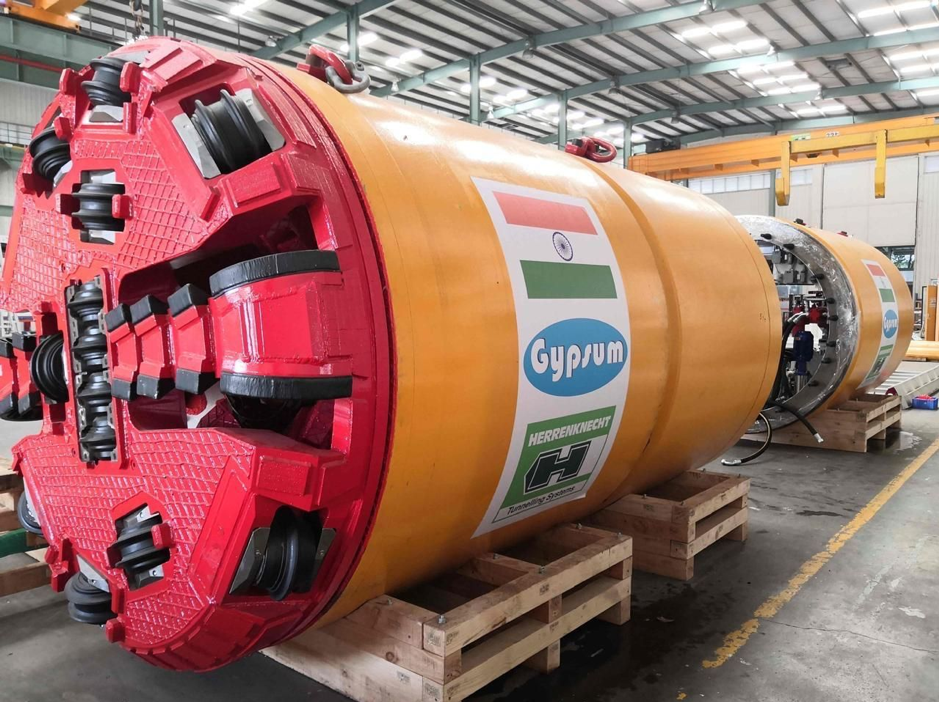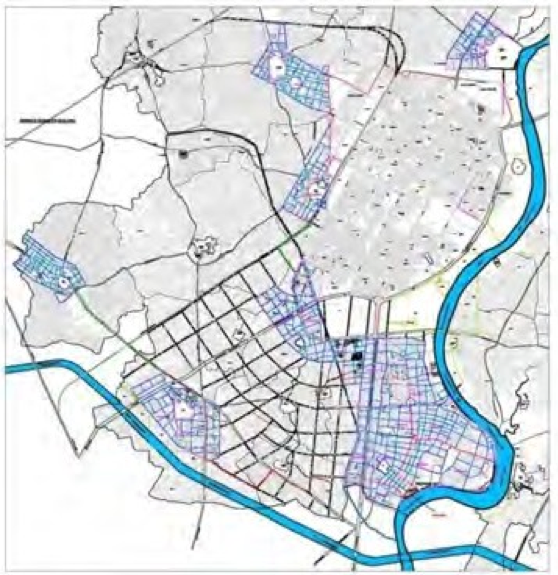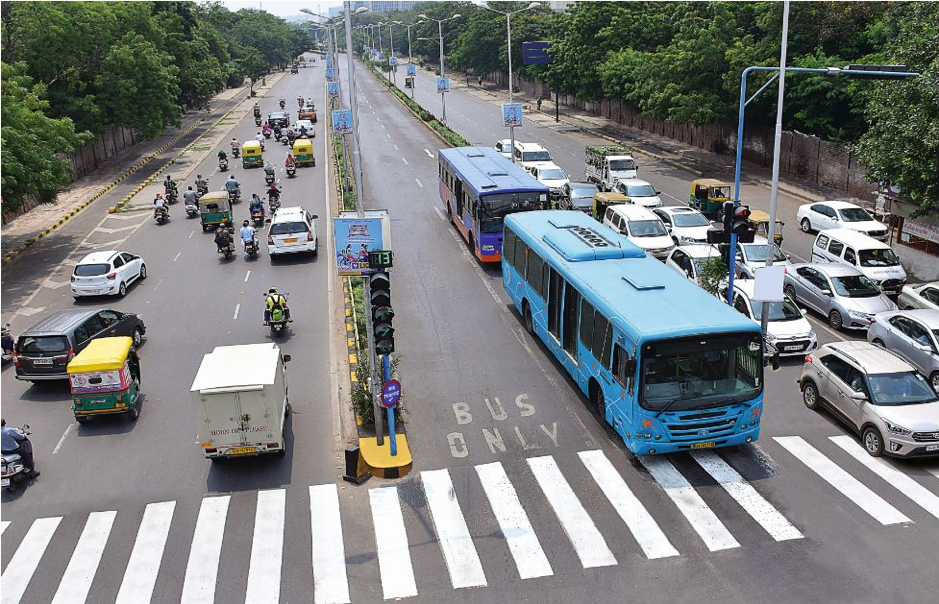Picture this: You step out of your apartment, and within a 15-minute walk, you have everything—your office, a supermarket, a park, a hospital, and even your favorite café. No more spending hours in traffic or worrying about pollution. Sounds ideal, right?
Well, this is the future of urban living, and infrastructure development is playing an important role in making it all possible.
There’s no doubt that today, cities are transforming at an incredible pace, adapting to rising populations, climate change, and technological advancements.
However, there’s a challenge in balancing growth, sustainability, and efficiency while making cities more livable. Let me walk you through seven major infrastructure trends that are redefining how we live, commute, and interact with our urban environments.
1. Smart Cities and Digital Infrastructure
Gone are the days when infrastructure was just about concrete and steel. Today, it’s about connectivity and intelligence.
To get a better idea about this, you can imagine traffic signals that adjust based on real-time congestion, AI-powered waste collection systems, or smart grids that distribute electricity more efficiently. Some top smart cities in the world are Singapore, Amsterdam, Dubai and Shenzhen.
A smart city with digital infrastructure is all about integrating technology and big data to make urban life even smoother and more sustainable.
At the same time, it need not be all technology and bling. For example, we’ve undertaken microtunneling projects in rapidly growing cities like Ahmedabad and Vadodara, where traditional open-cut trenching is no longer a viable solution for laying underground pipelines. This eliminates the need to dig up busy roads or bridges. Further, remote-controlled tech ensures accuracy and seamless alignment with existing infrastructure.

And this is just the beginning. Soon, predictive maintenance (fixing roads before they break) and AI-driven city planning will be the norm.
2. Sustainable and Green Infrastructure
Another important infrastructure development in today’s urban areas is sustainable and green infrastructure.
Because let’s be real—most cities today are heat traps, packed with concrete jungles and endless traffic emissions.
And to make a change in this situation, urban planners are shifting towards green infrastructure like eco-friendly buildings, solar-powered transport, and water conservation systems.
The reason? We all want to live in cities that have less pollution, better energy management, and a design that is climate-resilient.
We, as a modern civil engineering company, feel proud to work on a range of water supply management projects because today sustainability and green infrastructure are a necessity, not a choice.
What can you expect more when it comes to sustainability and green infrastructure in the coming years? If you ask me, more carbon-neutral buildings, green rooftops, and energy-efficient public transport will see a huge uptick.
3. Resilient Infrastructure for Climate Change
If we just look around, we can see that today’s climate threats are becoming a new challenge all across the world. Floods, heatwaves, and unpredictable weather are making our lives even harder.
And that’s why the future of infrastructure isn’t just about development, but it’s also about resilience.
The best way to make modern cities resilient is by building flood-resistant housing, underground reservoirs, and smart drainage systems. A good example of this is our stormwater drainage projects, as they are designed to prevent urban flooding, a problem that’s becoming all too common with rapid urbanization.

Moreover, governments are also investing in climate-resilient bridges, earthquake-resistant buildings, and urban forests to absorb excess rainwater and reduce heat.
4. The Rise of 15-Minute Cities
Ever felt like life would be so much easier if you didn’t have to waste hours commuting? Well, that’s exactly why the 15-minute city concept is gaining popularity recently.
This urban model infrastructure development ensures that workplaces, schools, hospitals, shops, and recreational spaces are all within 15 minutes of your home – either by foot or by bike.
And the goal? It’s simple, we all want to have less travel, lower emissions, and a better quality of life.
Cities in the West and Far East have already achieved this transformation to a great extent, and it’s only a matter of time before more Indian cities implement these systems.
Take the Ahmedabad Bus Rapid Transport (BRT) project for example. It has eased congestion and improved public transport flow to a great extent and has been highly successful for a number of years. This project is a big step toward digitally enabled, seamless urban mobility.

5. High-Speed and Sustainable Transportation
Moving next, public transport is no longer just about getting from point A to B. The focus now is on speed, efficiency, and sustainability.
For example, think bullet trains, electric buses, hyperloops, and software-controlled traffic management. These are all possible because various governments and other entities are highly focused on high-speed and sustainable transportation.
Countries like Japan and China are leading the way when it comes to high-speed rail networks, while India is expanding its EV-friendly infrastructure.
Additionally, you can expect to see more electric buses, dedicated cycling lanes, and smart traffic lights making cities more commuter-friendly.
6. Smart Water and Waste Management Systems
Every growing city faces the same problem: water shortages and overflowing landfills. The good part here is that technology is stepping in with smart solutions.
Today, modern cities are adopting smart water management, automated waste collection, and waste-to-energy solutions to reduce their ecological footprint.
The Narmada Canal Network Planning project is designed to improve water distribution and efficiency. This ensures that cities don’t just survive but thrive, even in water-scarce environments.
Looking ahead in the future, there’s also a possibility of self-sustaining wastewater treatment plants to overcome the challenges of a water management system.
7. Public-Private Partnerships (PPP) in Infrastructure
Building the cities of tomorrow requires massive investment, and governments can’t do it alone. That’s where Public-Private Partnerships (PPPs) come in.
The future is all about the collaboration of private companies and governments to build fast-track metro rail projects, expressways, smart city initiatives, and urban infrastructure.
A prime example? Metro rail projects in India that have been successful due to strong PPP models.
At MMCPL we have repeatedly facilitated collaborations between our private partners and government-led infrastructure projects and have first-hand experience of how private expertise and public resources can together build better, more efficient cities.
The Future of Infrastructure Development Is Here
Today, when cities are evolving at an unprecedented pace, and infrastructure development is at the heart of this transformation, it’s high time that we build cities that are smart and have climate-resilient planning, green infrastructure, and high-speed transportation.
But we also need to keep in mind that development isn’t just about taller buildings and wider roads—it’s about sustainability, efficiency, and livability.
Civil engineering companies such as ours are playing a crucial role in shaping this future, ensuring that the cities of tomorrow are smarter, greener, and better connected.
So, which of these trends do you think will have the biggest impact on urban life? Discuss with me on LinkedIn if you’re there!
Looking to build a smart project in your city and want experts on your side? Get in touch with our team today to talk about your requirements in detail.